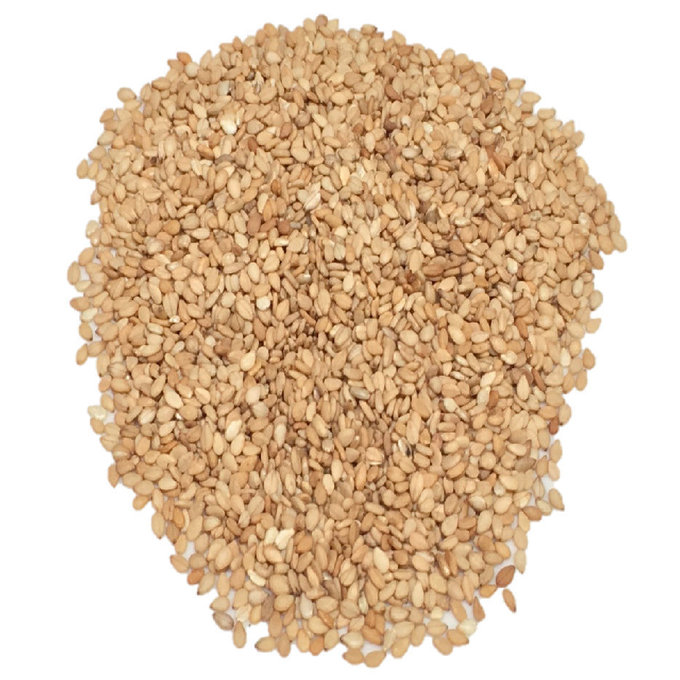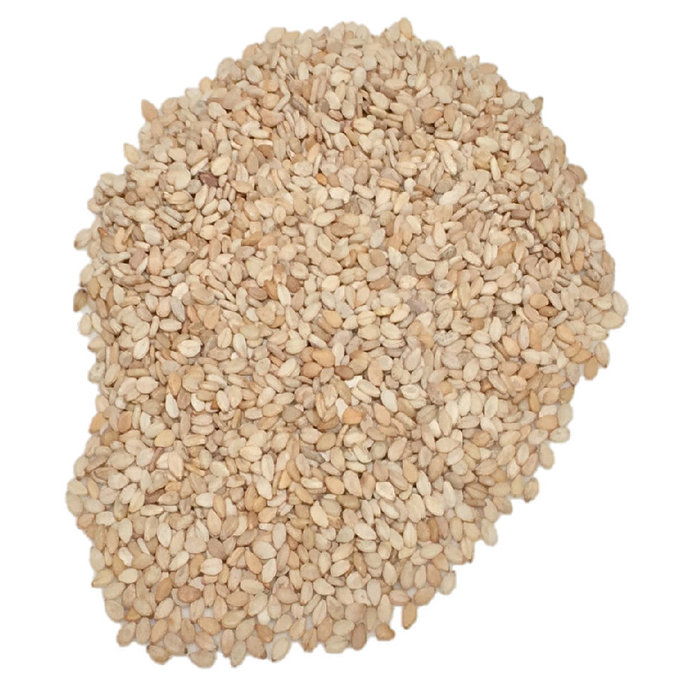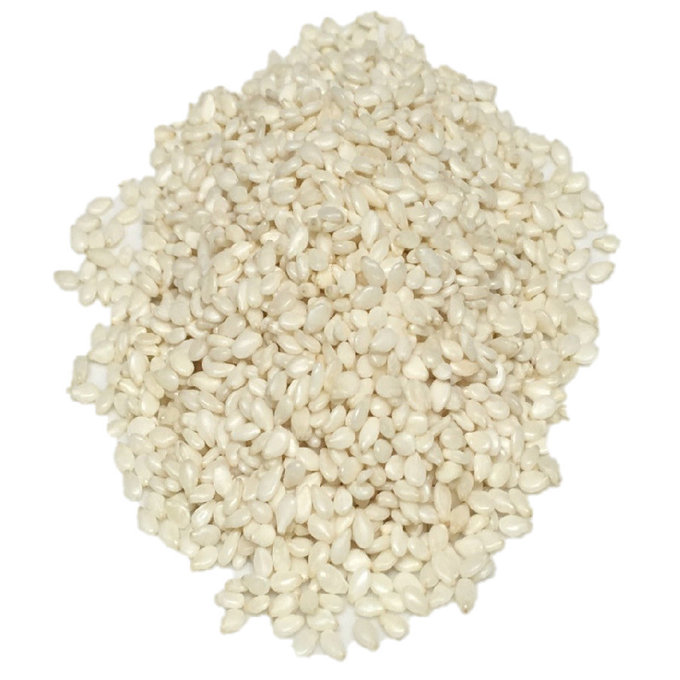In this regard, it is important to highlight the different uses of sesame according to the culture of different countries:
- In Europe sesame seeds are used to decorate and spice bread burgers, and generally for pastries, cookies, cakes and spikes. The extracted oil seeds is the most used in Oriental cuisine, it is excellent for cooking, dressing salads and for making margarine.
- In the Middle East was an essential ingredient in the sweet call “halvah” and “tahini” paste, very popular in Greek, Lebanese, Turkish, Arab and Egyptian gastronomy.
- In China it is used within the preparation of “Nin bin tang”, it is a sweet and gummy confection, covered by abundantly sesame seeds, very common in Chinese restaurants. Chinese food is covered with sesame before being cooked to give dishes a crunchy texture. For its protein content it is very useful in vegetarian diets and it is widely consumed in China and India.
- In Japan, the seeds are roasted and thrown on rice and other dishes.
- In Spain, it is used in the manufacture of peaks and scold, cakes, cookies, shortbread, shortbread and Christmas candy.
Noted for its high content of omega 3 and omega 6, which help reduce LDL cholesterol and triglycerides fatty acids. Contains a high calcium content (675 mg), iron (9 mg) and zinc (5 mg).
Thanks to its high fiber content, sesame is especially useful for debugging our body natural. Among other things, its use on a regular diet helps to normalize bowel function and helps to cleanse our body eliminating toxins. Due to its low saturated fat content is good for people who have high cholesterol. Seeds and oil sesame have a mild laxative effect.


